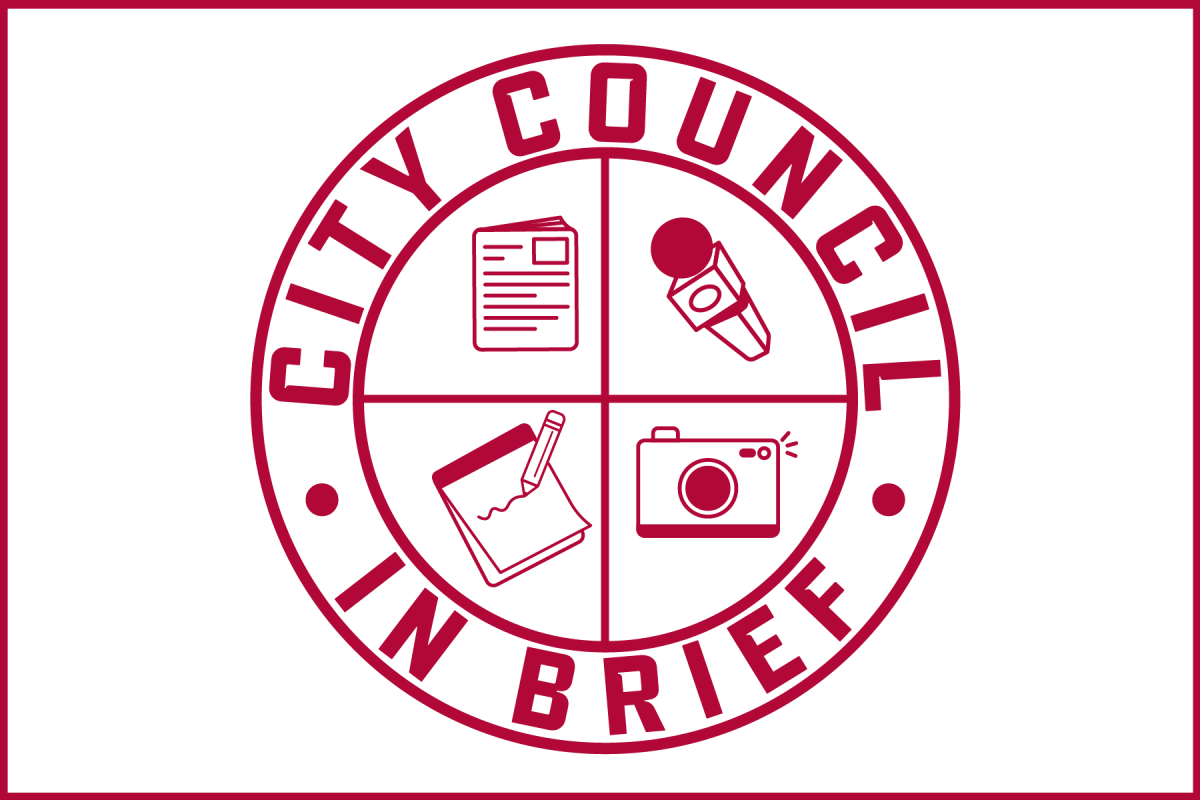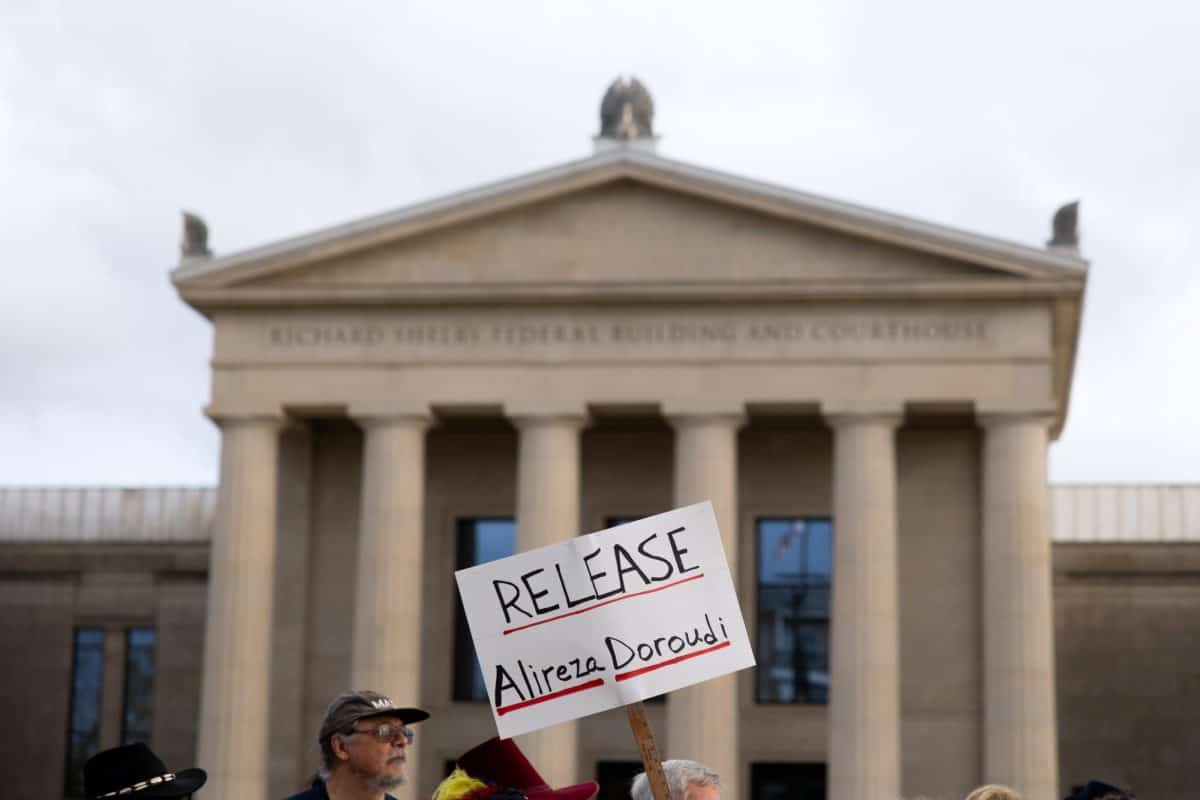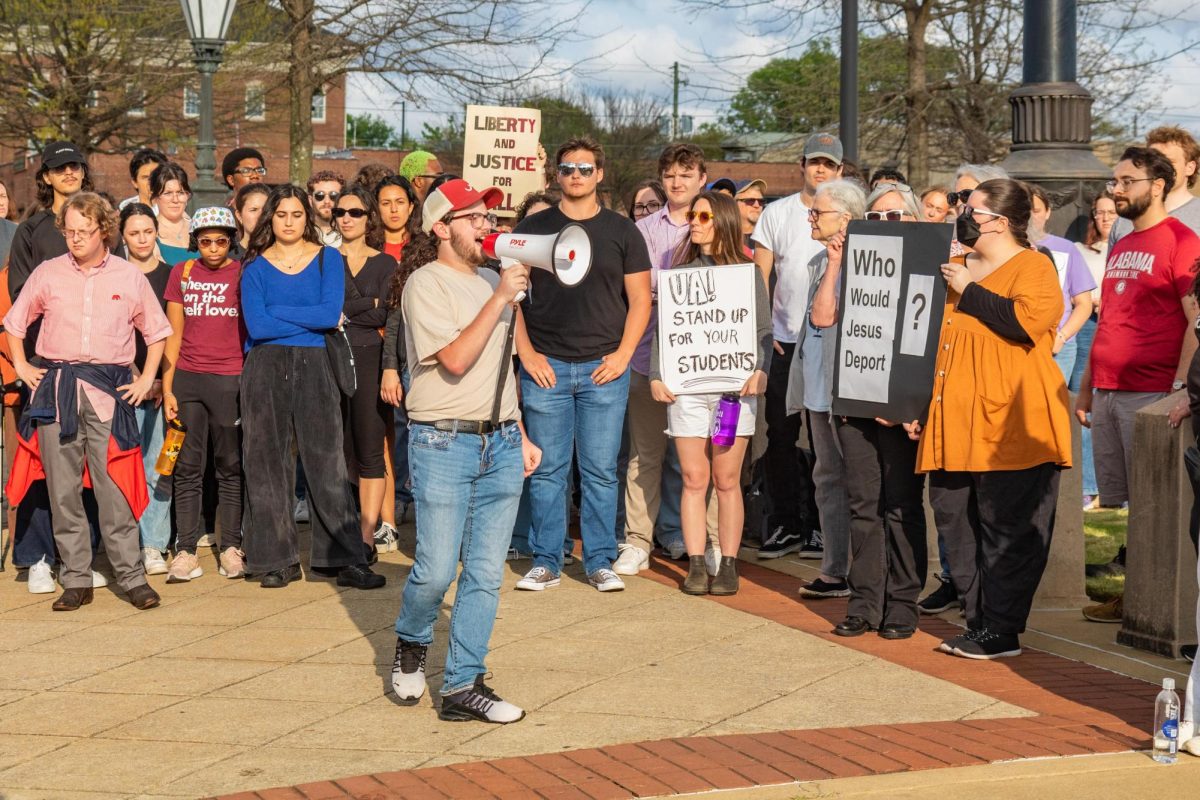By Jordan Cissell and Mark Hammontree
At the Tuscaloosa City Council meeting Tuesday night, Mayor Walt Maddox presented his plan for the distribution of funds from the grants recently awarded to the city to help in the rebuilding efforts that still continue two years after the April 27, 2011 tornado.
On March 27, the U.S. Department of Housing and Development appropriated $43,932,000 to the city of Tuscaloosa for long-term disaster recovery. According to HUD data, the department had already allocated $16,634,702 of relief funds throughout 2012 for the same purpose. The grants represent a portion of the $514 million divided among nine states as part of HUD’s Community Development Block Grant Program, enacted when President Barack Obama signed the Disaster Relief Appropriations Act of 2013 into law on Jan. 29.
“In the last two years, many communities have had to deal with the reality of our changing climate and the increasing severity of natural disasters,” Shaun Donovan, Secretary of U.S. Housing and Urban Development, said in a March 27 press release. “HUD is continuing to work closely with state and local partners to help them realize a locally driven vision for restoring and rebuilding housing, infrastructure and businesses that have been affected.”
The mayor outlined the plan of projects he and his team have devised, ranging from infrastructure improvements to continued clean-up efforts.
To spur the rebuilding effort immediately following the damage to the area, the city enacted the Commercial Revolving Loan Program to provide economic development assistance for businesses that create and/or retain low to moderate income jobs, to encourage business development and expansion, and to stimulate private investment in the recovery area, according to the Disaster Recovery Division’s program application literature.
“The program is funded through a FEMA hazard mitigation grant and offers recipients a zero interest loan ranging in amount from $20,000 to $200,000,” city of Tuscaloosa communication director Deidre Stalnaker said in an emailed statement from Nov. 9, 2012. Stalnaker said in April the city is still operating the program and will most likely look to enact similar initiatives as funds become available and proposals are approved.
Data provided by Stalnaker from the city’s website indicates five companies, Hoo’s Q, Gilda’s Salon and Day Spa, Full Moon BBQ, Wright’s Restaurant and Jack Marshall Foods, have to-date taken advantage of Revolving Loan Program funds.
Evan Smith, general manager of Tuscaloosa’s Krispy Kreme and a member of the family that opened West Alabama’s first location in 1960, said the barriers facing families and business owners striving to rebuild were and are not only financial.
“When we started to try to rebuild, we found out we were in a flood plain, so we weren’t allowed to build. So we hired a water expert who did some research and proved to the city that we weren’t in a flood plain,” Smith said. “Then there was another delay because the state department was considering buying land along McFarland to widen the turning lanes. Once that all got straightened out, we got the building completed in only about four months.”
Krispy Kreme, which successfully reopened in its McFarland Boulevard location on Aug. 21, 2012, did not borrow any funds from the Revolving Loan Program. The doughnut retailer has not been alone in its accelerated return and recovery.
According to city data, the city has issued 2,414 residential building permits, at a total value of $86 million, within the tornado recovery zone since April 27, 2011. In the same period, Tuscaloosa has approved 333 commercial building permits worth $142 million.
The presentation plan put forth by the mayor can be viewed by the public at tuscaloosa.com or on the mayor’s Twitter or Facebook pages.








